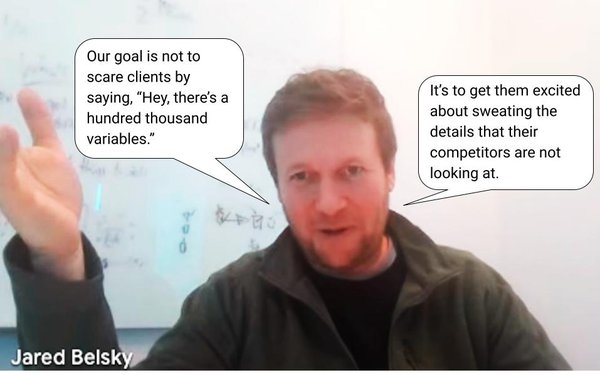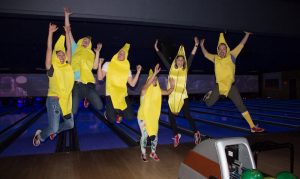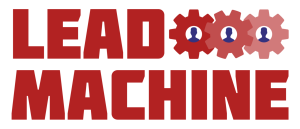Acadia’s Jared Belsky On Why CRO Is The New White Space

When Jared Belsky founded performance marketing agency Acadia in July 2021, he wanted to leverage a model he learned over the 13 years at 360i, which morphed from a pure-play search shop into what ultimately became one of Dentsu’s leading full-service agency brands.
“We were always trying to find the white space before the other guys did,” he recalls, adding: “So we skated over to social when nobody was looking. Then we skated over to influencer when nobody else was looking.”
Right now, he says the other guys aren’t looking at conversion rate optimization (CRO), so that’s why he just made his sixth acquisition in 18 months, acquiring Splittesting.com, a company specializing in optimizing conversions when a consumer lands on a marketers commerce page or destination.
“We looked at the market and said, ‘If you can move a conversion rate from 3% to 4%, you will affect the stock price of a company and you will get a high five from the CFO,” he says, adding, “And right now, no one in media land wants to talk about that.”
The reason, Belsky tells MediaPost, is because it’s because optimizing conversion rates is a complex business that requires considering and then testing innumerable variables, but when done right, they can affect percentage points in sales.
And while many clients and their agencies touch on parts of that optimization process — both up and down the funnel — he says no one has pulled it together in a truly integrated way that operates end-to-end across the entire campaign process, from defining and targeting audiences, picking the right creative and media channels, taking all the friction out of what happens when a consumer comes to the commerce site, and then measuring the results in order to optimize and re-optimize again.
And that’s Acadia’s long-term vision for integrating Splittesting, beginning by optimizing conversions on the commerce page, but ultimately working back over time to optimize the entire funnel.
It’s an ambitious goal, because simply optimizing a homepage or a landing page is complex enough, requiring a series of so-called A/B tests, which each could have multiple variants to see which ones move the needle the most.
“I would say a reasonable number for any client is to have five running at any given time,” explains Splittesting CEO Nick Harris, adding: “That’s five tests in full funnel and each test could have six to ten variants.”
If you do the math, that’s a lot of permutations, but Harris says the process starts by developing a “hypothesis” based on what a client’s goals are and then testing them and retesting them to see which ones perform best.
As complicated as that is on the back-end, Acadia’s goal over the next year is to begin integrating that process into the front-end and incorporate variant testing across the entire campaign — from audience targeting, creative and media — all the way to the landing page.
Asked how many variables conceivably could go into that process, Belsky and Harris scratched their heads a bit before coming up with a back-of-the-envelope estimate has more than six figures in it.
Belsky says integrating that process end-to-end with its clients and its 200-person team is the focus for the next six to 12 months, and it’s unlikely that he will be looking at any new acquisitions until then, adding, “We’ll get back out there in about a year.”
(11)







